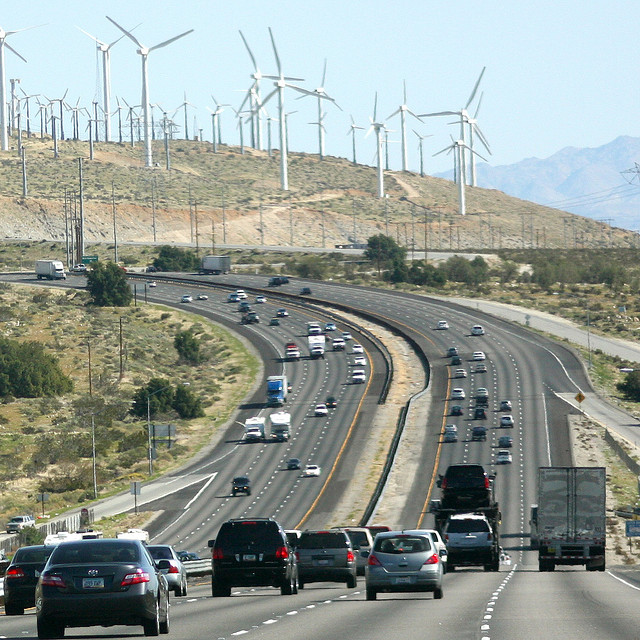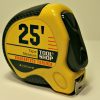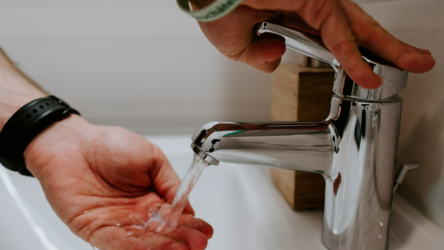
In an effort to create clean, renewable, and green energy, the number of wind turbines found across the country has increased significantly in the last several years. The popularity of wind turbine powered energy sources has prompted many states to create “wind farms” of 100 or more wind turbines that produce and store energy for a large local area. Read on to learn a bit more about the exciting possibilities that this green technology is bringing to energy production in the United States.
What Are Wind Turbines?
Wind turbines look something like a giant pinwheel and produce and store kinetic energy. They can be as tall as a 20 story building, and each turbine has 4 blades that are 200 ft. in length Wind in the local environment causes the blades of the wind turbine to rotate—which in turn produces electricity. While turbines are sometimes found individually or in a small cluster, the popularity of their green and clean energy has prompted many states and businesses to create wind farms that generate large sources of energy. The increasing popularity of wind turbines has industry experts estimating that 1/3 of the world’s energy will be produced by wind turbines by 2015.
How Much Clean Energy Do Wind Farms Produce In The US?
In the first four years of the Obama administration, wind and solar energy sources more than doubled. In 2012 alone wind energy became the leading source of green and clean energy, accounting for 43% of all alternative energy sources. It is estimated that wind farms in the US produce enough energy to power over 15 million homes; the use of wind turbines provides 22 times more energy today than it did in 2000.
What Are The Added Benefits Of Wind Turbines?
While wind turbines are a green and clean energy solution that decrease greenhouse gas, the growth in the industry has also created many new jobs. Currently the industry as a whole employs over 80,000 people in the US alone. There are well over 70,000 units in the 50 states; California, Wisconsin, Iowa, and Massachusetts are the states that lead the pack when it comes to wind powered energy.
What Are The Downsides Of Wind Turbines?
Wind turbines are met with some protest from many animal rights activists around the globe—particularly in areas that have species of endangered birds. Since wind turbines are placed in the flying range of birds, birds may fly into the blades, resulting in their death. The concern about the rate of injury and death of birds related to wind turbines has even halted the installation of wind turbines and wind farms in many areas around the country.
Wind turbines are also expensive to repair and replace, making them a costly addition to areas that are prone to excessively high winds, hurricanes, and tornados.
Can You Add A Wind Turbine To Your Home?
While most wind farms and wind turbines are installed by government initiatives or by large businesses or corporations, you can certainly add one (or more) to your home. The average cost of installing a turbine that can provide enough energy for the average American home is approximately $50,000. Installation of a wind turbine comes with a high price tag, making solar power a more affordable choice for most looking to produce green energy for their home. For a wind turbine to be effective, it needs to be installed in a relatively open area that has an average wind speed of 9.8-11.5 mph. While this is not cost-effective for all home owners, it a popular choice for many farms across the nation.
The number of wind farms continues to grow as America becomes increasingly aware of their excessive energy consumption and grows more committed to finding more green and clean energy sources.
Benson Windermere is a freelance writer based in Tucson, AZ. Benson recommends visiting Bigge Crane for their useful information on wind farms, construction and other interesting topics.
Image credit goes to kevin dooley.







